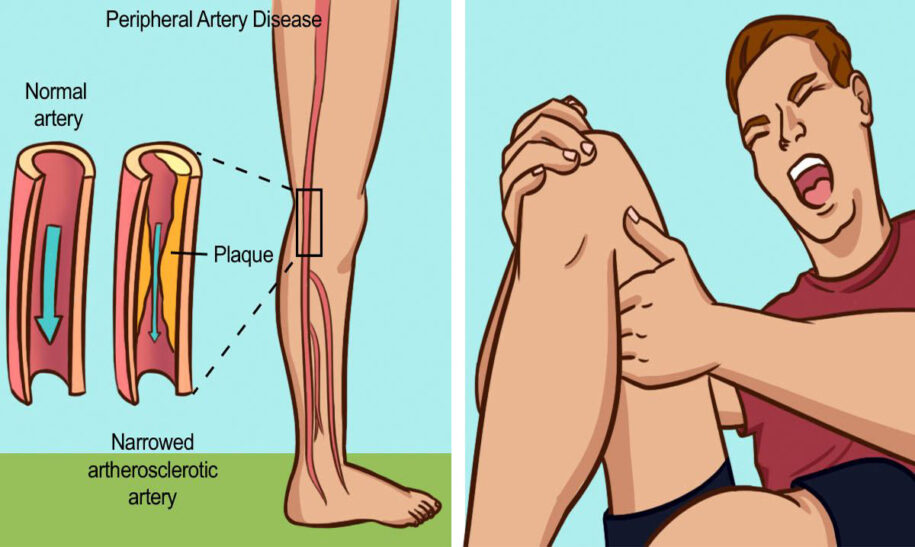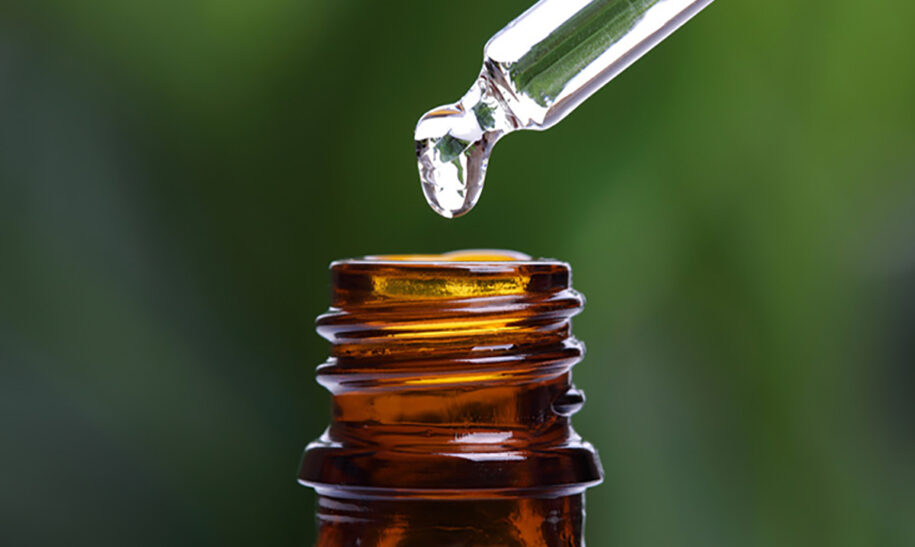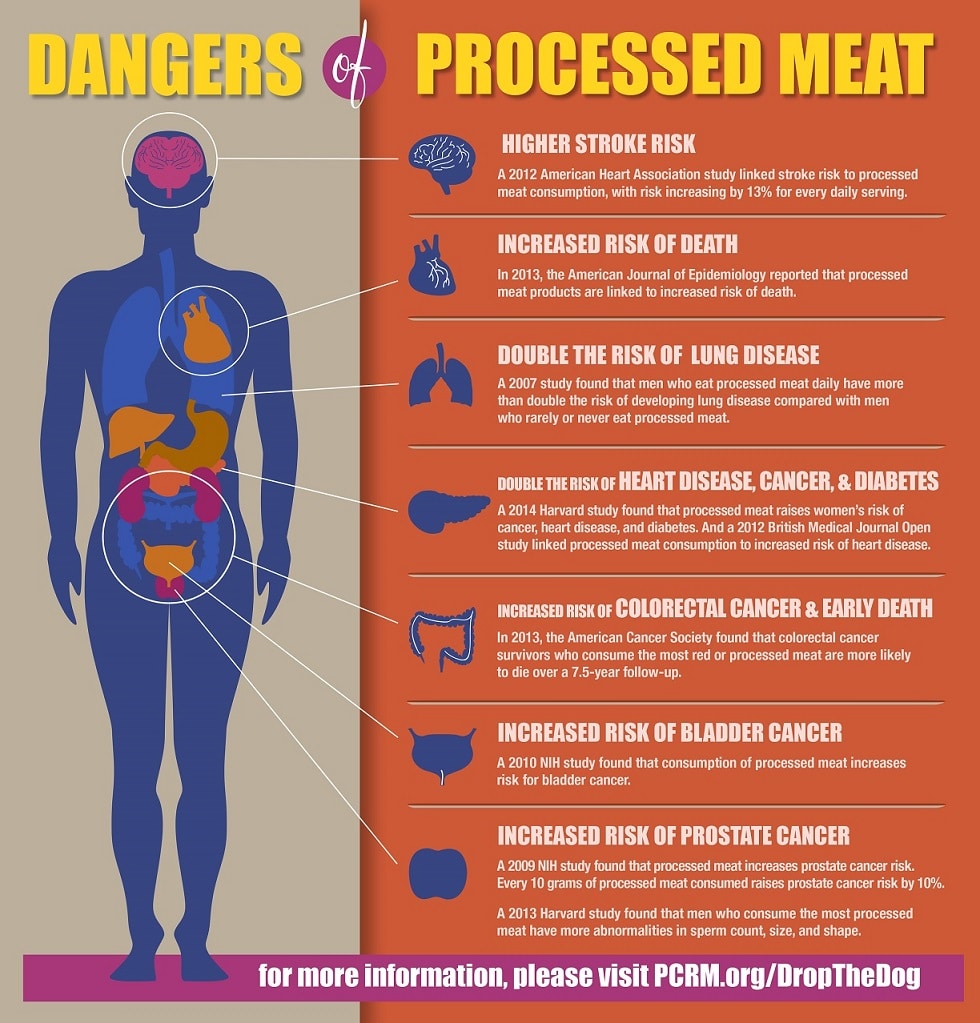
What is Dry Drowning and How Can You Prevent It?
Summertime is here, and you know what that means. It’s time for some fun in the sun, but you also have to be careful, especially when it comes to pool time.
We all now the associated risk of swimming is drowning, of course. But that’s not the only risk swimming poses. Of course, you have swimmer’s ear and cramps to worry about, but that’s not what i’m talking about. I’m talking about dry drowning. Yes, it’s a real issue and it took the life of a precious 4 year old little boy in Texas this week!
Francisco Delgado Jr., the father, says that his son fell to his death after taking a family trip to the Texas City Dike. Frankie got knocked down by a wave while playing in the water, and he suddenly stopped breathing. According to the father, Frankie had been vomiting and having diarrhea a few days prior to the incident, but they only thought it was the stomach bug. When the family brought Frankie to the emergency room it was too late. But what exactly happened to little Frankie?
Doctors confirmed that he had water in his lungs, and continued to explain that he had dry drowned. You might think the risk of drowning is over once your kids leave the water, but you’d be wrong. Dry drowning is when water is water is inhaled into the lungs. It happens hours after the victim is already dried off and moved onto other things, and that is why you have to be so careful. With dry drowning, water doesn’t actually make contact with the lungs. Instead, breathing in water causes your child’s vocal cords to spasm which shuts off the airways.
There is also something known as secondary drowning, which is a bit different. Secondary drowning allows your child’s airways to open up, letting the water into his lungs, builds up, and causes a condition known as pulmonary edema. The results are the same, difficulty breathing. Dry drowning symptoms usually happen right after an incident in the water. Secondary drowning symptoms typically start within an hour, but can even come up 24 hours after the incident.
The best way to keep your child safe in the sun this summer is to keep a very close eye on them in the water. Do not, I repeat, do not let children play dunking games. This` is often the primary incident that causes dry and secondary drowning. If your child does accidentally inhale a little water, take him or her to the hospital immediately. Even if they feel fine, dry drowning is still a possibility and you need to make sure there is no water in their lungs.










